Political Economy and Fiction in the Early Works of Harriet Martineau
Extraits
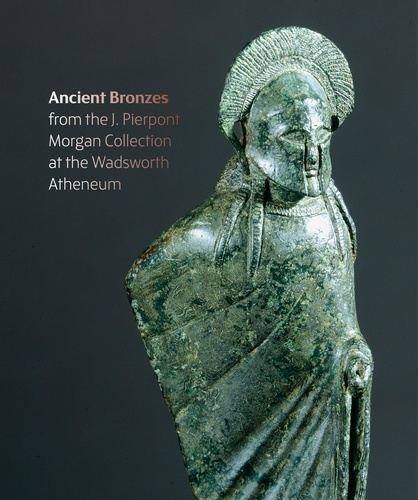
Fer forgé
Ancient Bronzes
03/2023
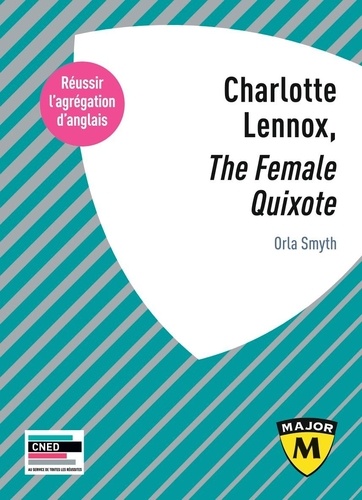
Divers
Charlotte Lennox, "The Female Quixote". Agrégation d'anglais, Edition 2024-2025
11/2023
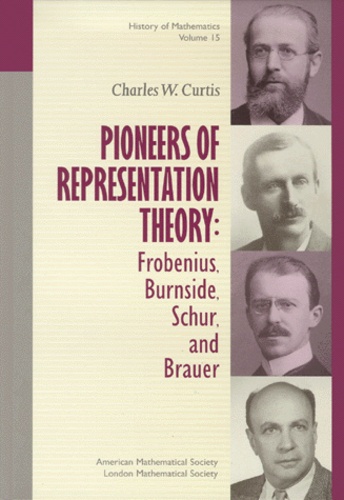
Histoire et Philosophiesophie
PIONEERS OF REPRESENTATION THEORY: FROBENIUS, BURNSIDE, SCHUR, AND BRAUER
01/1999

Non classé
Embracing Democracy
09/2014
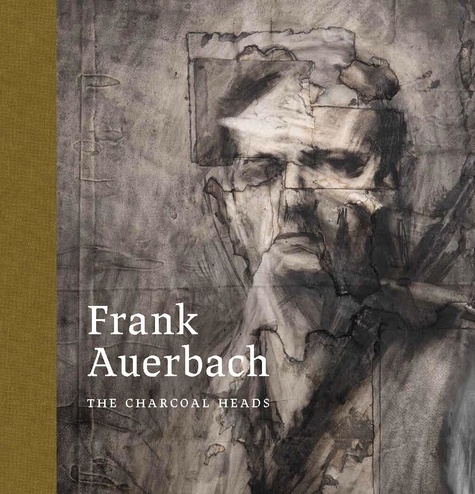
Mouvements artistiques
Frank Auerbach. The Charcoal Heads
03/2024

Non classé
Preventive Action for Refugee Producing Situations
07/1993
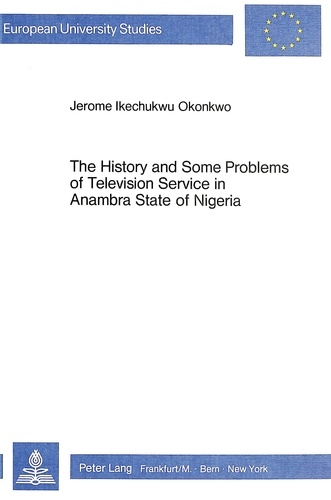
Non classé
The History and some Problems of Television Service in Anambra State of Nigeria
12/1986
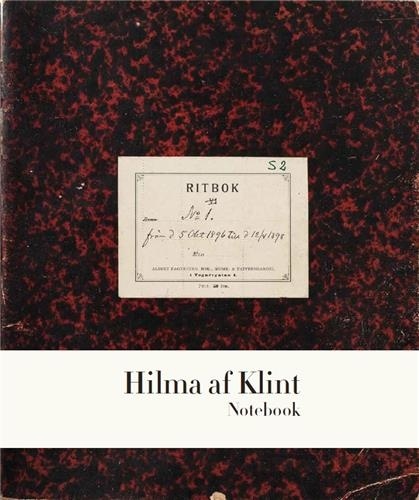
Monographies
Hilma af Klint. The Five Notebook 1
01/2022

Beaux arts
New worlds
10/2012
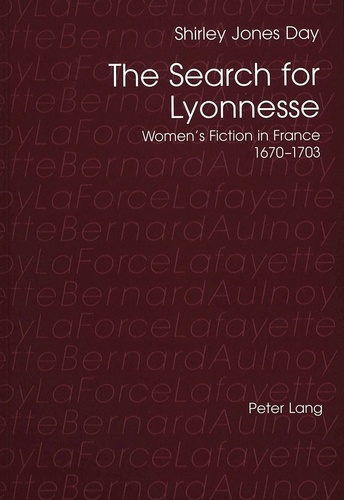
Non classé
The Search for Lyonnesse
07/1999

Littérature française
Handicapped
10/2020

Monographies
Luigi Pericle : A Rediscovery
10/2022
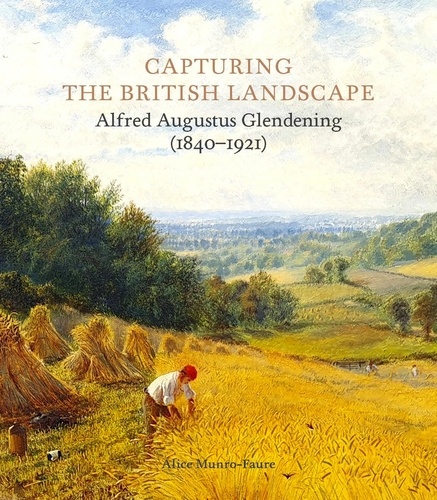
Beaux arts
Capturing the British Landscape. Alfred Augustus Glendening (1840–1921)
10/2022
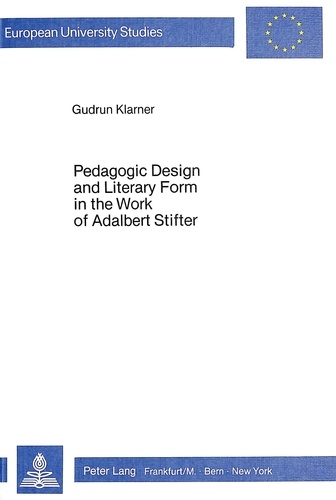
Non classé
Pedagogic Design and Literary Form in the Work of Adalbert Stifter
12/1986
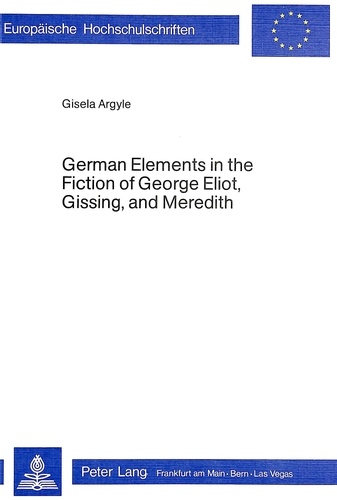
Non classé
German Elements in the Fiction of George Eliot, Gissing, and Meredith
12/1980

Philosophie
Agencies of the Good in the Work of Iris Murdoch
10/1991
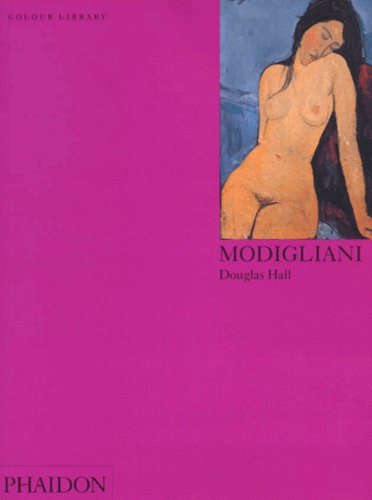
Beaux arts
MODIGLIANI. Edition en anglais
01/1984

Non classé
Brecht and France
11/1993
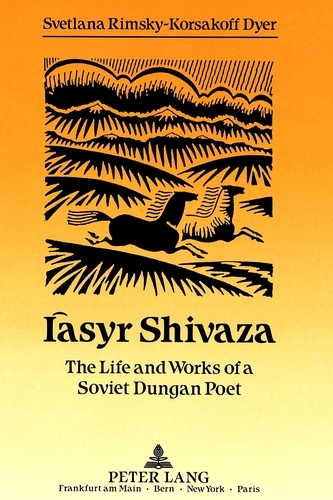
Non classé
Iàsyr Shivaza: The Life and Works of a Soviet Dungan Poet
11/1991
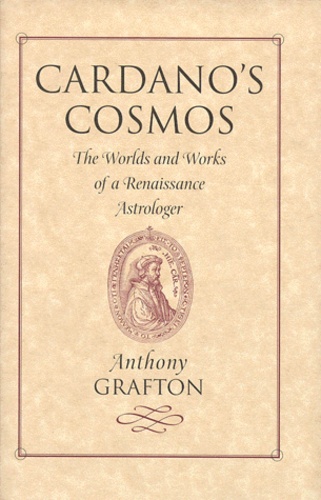
Sciences de la terre et de la
CARDANO'S COSMOS. The Worlds and Works of a Renaissance Astrologer
01/1999

Economie
Sources and Dynamics of Macroeconomic Fluctuations in Switzerland: Evidence from a Structural Vector Autoregressive Approach
11/1999

Beaux arts
Chronopoétique. Edition bilingue français-anglais
10/2015
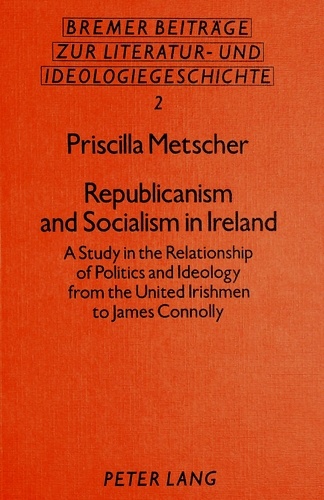
Histoire internationale
Republicanism and Socialism in Ireland
12/1986
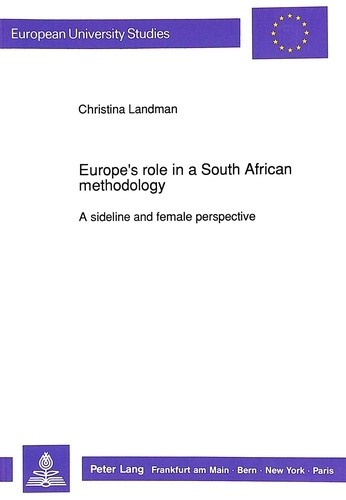
Droit
Europe's Role in a South African Methodology
12/1991

Beaux arts
Italian Maiolica and Other Early Modern Ceramics in the Courtauld Gallery
03/2023
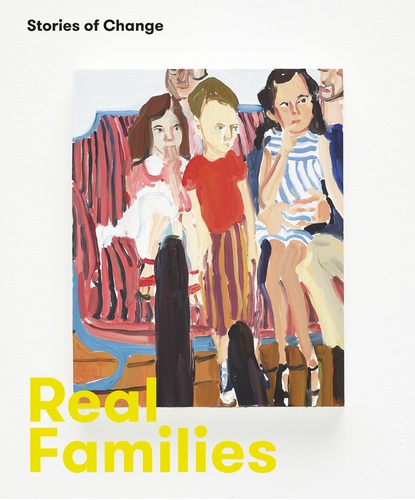
Mouvements artistiques
Real Families. Stories of Change
11/2023

Non classé
Oaths, Vows and Promises in the first Part of the French Prose Lancelot Romance
02/1993
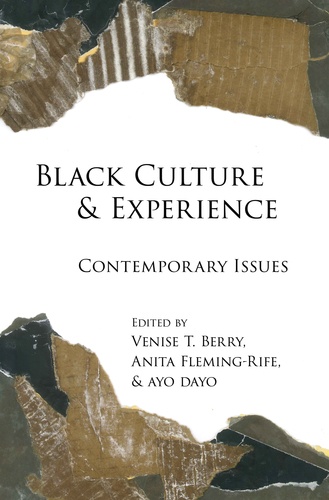
Sociologie
Black Culture and Experience
09/2015

Beaux arts
Klee. Edition en langue anglaise
01/1992

Ouvrages généraux
Crusading Ideas and Fear of the Turks in Late Medieval and Early Modern Europe. Textes en français et anglais
10/2021

